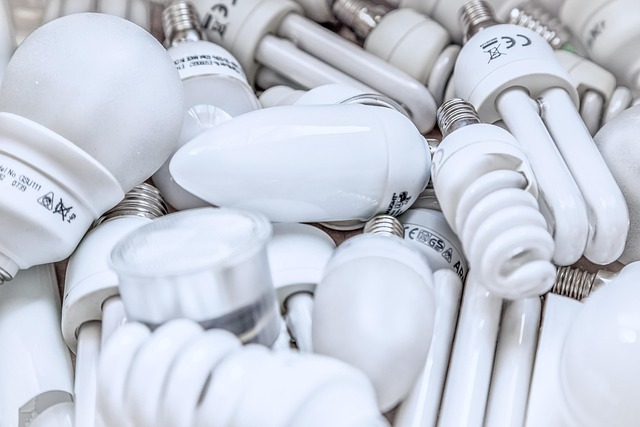As we navigate the crucial crossroads of environmental sustainability and climate change, the role of effective water use reduction draws increasing attention. The fight against climate change extends beyond merely slashing carbon emissions; it encompasses holistic strategies that embrace our planet’s precious resources, with water at the forefront of this pressing battle.
Water is often referred to as the essence of life, but as our population grows and consumption patterns evolve, the strain on our freshwater supplies accelerates. This has dire implications not just for ecosystems but also for individual and community well-being. The challenge lies in adopting practices that prioritize water use reduction—ensuring that every drop counts. Such strategies can foster a ripple effect, where reduced water consumption leads to lower energy use, decreased emissions, and enhanced resilience against climate impacts.
Imagine a world where industries and households alike commit to sustainable water practices. Innovative technologies, such as water recycling systems and smart irrigation, can dramatically reduce the amount of water consumed while simultaneously ensuring that essential crops thrive. By embracing these advancements, we can reduce the energy required for water treatment and distribution, translating to lower greenhouse gas emissions.
Moreover, agriculture—one of the largest consumers of water—can lead the charge in this transformation. By deploying efficient irrigation techniques, optimizing crop selection, and supporting drought-resistant crops, farmers play an instrumental role in conservation efforts. These methods not only conserve water but also reduce the overall carbon footprint of food production, presenting a dual benefit to both the environment and our food systems.
On the community level, promoting awareness about the importance of water use reduction is vital. Simple changes, such as repairing leaks, using water-efficient appliances, and adopting rainwater harvesting systems, can make a significant impact. By educating and empowering individuals to be mindful of their water footprint, we are fostering a culture of environmental stewardship that extends far and wide.
Additionally, urban planning and infrastructure must evolve to prioritize sustainable water management. Green roofs, permeable pavements, and urban wetlands can absorb rainwater while mitigating the effects of urban heat islands. Such improvements not only enhance the quality of urban life but also strengthen cities’ resilience to climate impacts, further addressing the growing concerns surrounding environmental degradation.
As we endeavor to drive emission reduction, it’s essential to remember that effective water use reduction is not just a personal or localized effort; it requires a concerted global commitment. Collaborative initiatives among governments, businesses, and civil society can yield comprehensive policies that prioritize water efficiency in alignment with climate goals. By integrating water resource management with emissions strategies, we take significant strides toward safeguarding our planet’s future.
Ultimately, the interconnection between water scarcity and climate change is undeniable. By prioritizing water use reduction not only do we honor the environment, but we also pave a sustainable path forward for generations to come. In this era of climate crisis, let us take action towards conserving one of our most vital resources and collectively work towards a healthier planet. Every action counts, and together, we hold the key to lasting change.



